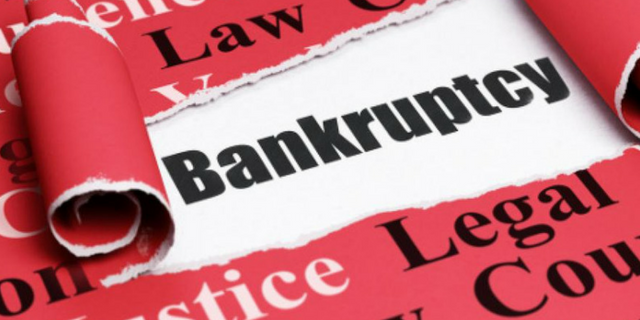Understanding Personal bankruptcy
Insolvency offers a private or organisation an opportunity to begin fresh by forgiving debts that just can not be paid while giving lenders an opportunity to acquire some procedure of repayment based on the individual's or service's properties readily available for liquidation. In theory, the ability to file for insolvency advantages the general economy by permitting individuals and business a second chance to access to credit and by providing creditors with a portion of debt payment. Upon the effective conclusion of personal bankruptcy procedures, the debtor is eased of the debt responsibilities that were incurred prior to filing for personal bankruptcy.
All personal bankruptcy cases in the United States are dealt with through federal courts. Any choices in federal personal bankruptcy cases are made by a personal bankruptcy judge, consisting of whether a debtor is eligible to submit and whether they need to be discharged of their financial obligations. Administration over insolvency cases is often managed by a trustee, an officer selected by the United States Trustee Program of the Department of Justice, to represent the debtor's estate in the proceeding. There is generally extremely little direct contact between the debtor and the judge unless there is some objection made in the event by a creditor.
Kinds Of Bankruptcy Filings
Personal bankruptcy filings in the United States fall under one of a number of chapters of the Bankruptcy Code, including Chapter 7, which includes the liquidation of properties; Chapter 11, which deals with company or specific reorganizations; and Chapter 13, which arranges for debt repayment with decreased financial obligation covenants or specific payment plans. Insolvency filing expenses differ, depending upon the kind of bankruptcy, the complexity of the case, and other elements.
Chapter 7 Personal bankruptcy

People-- and in some cases services, with couple of or no properties-- usually submit Chapter 7 personal bankruptcy. It enables them to get rid of their unsecured financial obligations, such as charge card balances and medical costs. Those with nonexempt properties, such as household heirlooms (collections with high assessments, such as coin or stamp collections); second homes; and cash, stocks, or bonds must liquidate the residential or commercial property to pay back some or all of their unsecured debts. An individual filing Chapter 7 insolvency is basically selling off their properties to clear their debt. Individuals who have no important assets and just exempt property-- such as home items, clothes, tools for their trades, and a personal automobile worth up to a specific worth-- might wind up repaying no part of their unsecured debt.
Chapter 11 Personal bankruptcy
Businesses frequently submit Chapter 11 personal bankruptcy, the goal of which is to reorganize, remain in service, and as soon as again become click here lucrative. Filing Chapter 11 insolvency permits a business to create prepare for profitability, cut costs, and discover brand-new methods to increase earnings. Their chosen stockholders, if any, may still receive payments, though common stockholders will not.
For example, a housekeeping company filing Chapter 11 insolvency may increase its rates somewhat and use more services to end up being successful. Chapter 11 personal bankruptcy permits the business to continue conducting its business activities without interruption while working on a financial obligation payment strategy under the court's guidance. In unusual cases, individuals can also file Chapter 11 bankruptcy.
Chapter 13 Bankruptcy
People who make excessive cash to qualify for Chapter 7 insolvency may submit under Chapter 13, likewise called a wage earner's plan. It allows individuals-- along with organisations, with constant income-- to create practical financial obligation payment plans. The payment strategies are typically in installments throughout a 3- to five-year period. In exchange for repaying their creditors, the courts permit these debtors to keep all of their residential or commercial property, including otherwise nonexempt property.
Other Personal bankruptcy Filings
While Chapter 7, Chapter 11, and Chapter 13 are the most typical insolvency procedures, specifically as far as individuals are worried, the law also offers numerous other types: